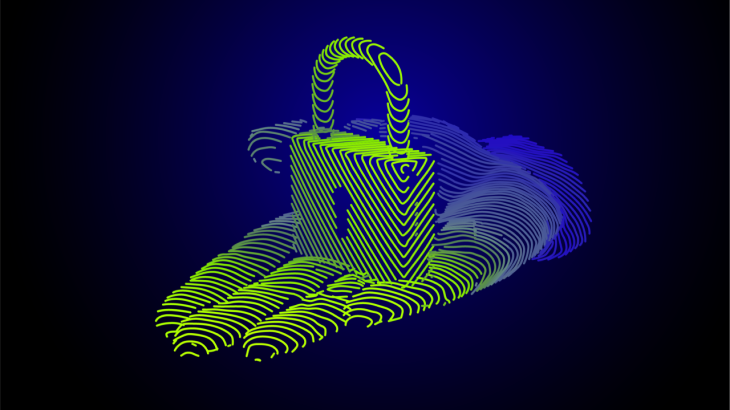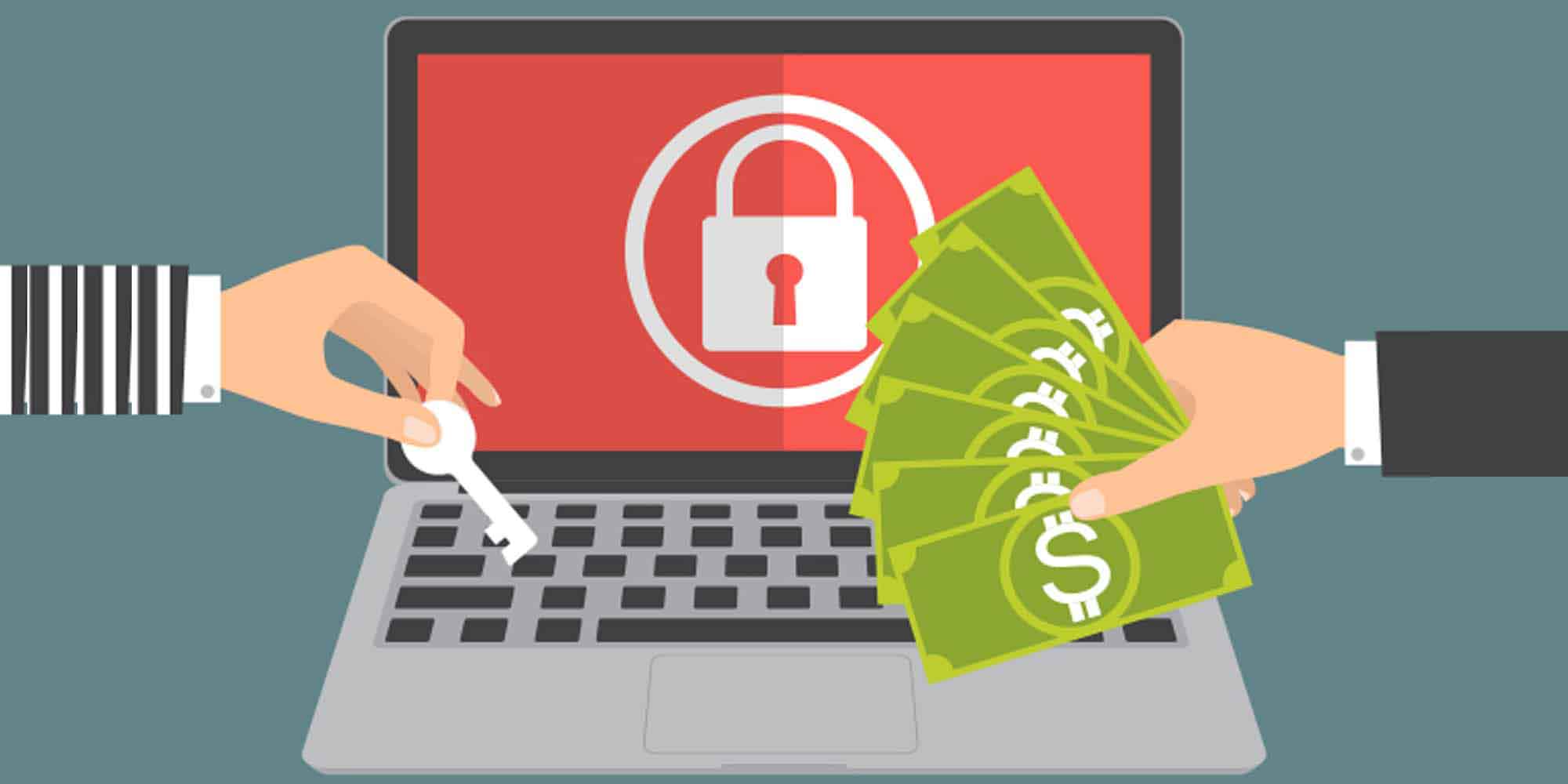
Secure Ansible Automation with Kron PAM Password Vault
Modern DevOps practices heavily rely on automation tools like Ansible to configure systems and deploy applications. However, along with this convenience comes a critical challenge: managing passwords and secrets in automation scripts. Hard-coding credentials (passwords, API keys, etc.) directly in Ansible playbooks or configuration files can lead to severe security issues. In this blog post, we’ll explore the risks of storing secrets in playbooks, review some eye-opening statistics and breaches related to leaked credentials, and then see how Kron PAM and its Password Vault plugin for Ansible provide a secure solution. We’ll also walk through how the Kron PAM Ansible plugin works in practice and highlight the key benefits of integrating Ansible with a robust password vault.
The Dangers of Hard-Coded Passwords in Playbooks
Exposed secrets in code are like unlocked padlocks – a huge security risk. When passwords or API tokens are stored in plain text within Ansible playbooks or any source code repository, they become prime targets for attackers. If your playbook gets shared or your git repository is compromised, those embedded credentials are immediately exposed. According to security experts, hard-coded credentials have long been a primary cause of security incidents in the software world. In other words, leaving secrets in code is an accident waiting to happen.
Why is this such a big deal? For one, attackers actively scan public code repositories (and even private ones) looking for leaked secrets. When application secrets like API keys, database logins, or certificates are stored in code or config files, they’re vulnerable to exposure through version control systems, insider threats, and unauthorized access. Even private repos aren’t safe if access controls fail. Once a bad actor finds a password or key, they can use it to breach systems – and often pivot to deeper access.
Real-world breaches underscore the risk. In one high-profile case, Uber suffered a breach in 2022 when an attacker discovered a hard-coded admin password in source code. With that credential, the attacker logged into Uber’s own PAM platform and gained a full account takeover on several internal tools. In another example, an exposed secret played a role in the CircleCI breach (December 2022), where stolen tokens and keys were exfiltrated, highlighting how even well-secured environments can be undone by a single leaked credential. These incidents show that a plaintext password in a script isn’t just a theoretical risk – it can translate directly into a major cybersecurity incident.
Hard-Coded Secrets: By the Numbers
Hard-coded secrets in code repositories are more common than many realize. Recent research reveals some staggering statistics about secrets sprawl in code:
· Millions of secrets leaked: In 2023 alone, one security report found over 12.7 million new secrets (passwords, keys, tokens, etc.) were detected in public GitHub commits – a 28% increase from the previous year. The problem has been growing rapidly (roughly 4× increase in four years), indicating that many organizations still struggle with secret management. In 2022, over 10 million secret occurrences were found in public commits, and 1 in 10 developers had accidentally exposed a secret that year – showing it’s not just junior devs; even experienced engineers can slip up.
· Frequent factor in breaches: Stolen or leaked credentials are a leading cause of breaches today. Verizon’s 2023 Data Breach report noted that 49% of breaches by external actors involved the use of stolen credentials. In fact, in early 2023, compromised passwords surpassed even software vulnerabilities as the top initial attack vector (accounting for about 50% of attack root causes vs. 23% for exploits)
· Secrets in public repos: With the explosion of cloud and DevOps, developers often manage infrastructure-as-code. Unfortunately, secrets sometimes slip in. GitGuardian (a secrets scanning firm) scanned over 1.1 billion GitHub commits in 2023 and found that 8 million of those commits contained at least one secret (a 30% increase from the previous year). That equates to roughly 7 out of every 1,000 commits exposing a secret, and about 3 million repositories leaking credentials in that one year. Many of these leaks involve cloud service keys – for example, in 2023 more than 1 million Google API keys and 140,000 AWS keys were detected in public git commits. Each exposed key is a potential backdoor for attackers.
· Compliance and trust issues: Storing passwords in plaintext also violates security best practices and compliance standards. Regulations and frameworks (from GDPR to PCI-DSS and ISO27001) expect organizations to safeguard credentials. Hard-coded secrets in codebases make it impossible to enforce proper access controls or audit who used a credential. As a result, organizations with poor secret hygiene risk audit failures and reputational damage, aside from the technical risks.
In summary, the data shows that secrets-in-code is a widespread issue – and many breaches prove the consequences. The good news is that there are ways to mitigate this risk by not storing secrets in playbooks at all. Instead, secrets can be managed in a secure vault and fetched on-demand, which is exactly what Kron PAM’s Password Vault is designed to do.
How Kron PAM Solves the Secret Management Problem
Kron PAM is a comprehensive Privileged Access Management solution, and one of its core features is a Password Vault built to manage sensitive credentials securely. Using a vault like Kron PAM’s means you no longer need to put passwords in your Ansible playbooks or configuration files. Here’s how Kron PAM addresses the issues of hard-coded secrets:
· Centralized, Encrypted Storage: The Kron PAM Password Vault keeps all passwords in a secure, centralized repository, storing them in fully encrypted form. Instead of having secrets scattered across playbooks, config files, or wikis, everything is in one fortified vault. This central vault acts like a single source of truth for credentials – accessible only through proper authentication and policies. If an attacker somehow gets a copy of your playbook, they won’t find any passwords inside; the secrets live in Kron PAM, not in your code.
· Strong Passwords and Rotation: Kron PAM can generate and enforce strong, unique passwords for your accounts, and it can automate password rotation at regular intervals or on-demand. This means even if a password were compromised, it might only be valid for a short window. The vault can even change a password immediately after it’s used for a login. By auto-randomizing and periodically changing credentials (for example, after each Ansible play or each day), Kron PAM eliminates the problem of stale passwords lingering in code or people reusing the same password in multiple places. Secret rotation drastically reduces the risk window for leaked credentials.
· Eliminating Static Secrets in Applications: Kron PAM offers an Application-to-Application Password Management (AAPM) capability, which essentially removes the need to embed passwords in application code or scripts. Instead of static passwords, applications (like your Ansible automation) use a token-based authentication to request the real credentials from the vault at runtime. Kron PAM verifies the requesting application’s identity (ensuring it’s authorized) and then securely provides the needed secret. This design means your playbooks don’t hold the keys to the kingdom – they must ask Kron PAM for the key when needed, under controlled conditions.
· Access Control and Auditing: Because all secret retrievals go through the vault, Kron PAM can enforce granular access controls. Only authorized Ansible jobs or users (as defined in Kron) can fetch certain credentials. Every retrieval can be logged and audited. For example, you can see which playbook or tool accessed a particular password at what time. This not only helps in monitoring for suspicious activity but is also a boon for compliance reporting. It provides an indisputable record that passwords were not shared or exposed in plaintext, only accessed via secure channels with proper authentication
· Broad Integration and Secret Types: The Kron vault isn’t limited to just Linux or Windows login passwords. It supports storing all kinds of secrets – database credentials, API tokens, SSH keys, certificates, directory service passwords, etc. – and works with a wide range of systems (Windows, Linux/Unix, databases like Oracle/PostgreSQL/MySQL, network devices, cloud services, and more). This versatility means you can manage all your Ansible secrets in one place, whether you’re configuring an AWS cloud resource or a Cisco router, ensuring consistent security practices across the board.
· Dynamic Injection at Runtime: With Kron PAM, secrets are injected into the automation workflow dynamically, rather than statically stored. As one Kron PAM expert puts it, secret management “centralizes and dynamically injects credentials into applications at runtime,” keeping them encrypted and access-controlled until the moment they’re needed. This dramatically reduces the attack surface – even if someone has your Ansible playbook, they can’t retrieve the secrets without going through Kron PAM’s checks.
In short, Kron PAM’s vault turns secret management into a proactive security practice rather than a vulnerability. It ensures that only the right people or tools get the right secrets at the right time, and that those secrets are otherwise locked down. Now, let’s see how this works in practice with Ansible.
Benefits of Integrating Ansible with Kron PAM Vault
Replacing hard-coded secrets in playbooks with vault integration provides numerous benefits for security, agility, and compliance:
· Improved Security: By removing plaintext passwords from code, you shut the door that attackers are most likely to walk through. Even if an attacker gets a copy of your playbook or Git repo, they gain nothing without vault access. All sensitive data stays encrypted in Kron PAM. This reduces the risk of secret leaks to near zero and mitigates insider threats as well. It also means you don’t have to scramble to change a dozen passwords if a repository is accidentally made public – the secrets were never there in the first place.
· Automatic Credential Rotation: Kron PAM’s ability to auto-rotate passwords ensures that credentials are always up-to-date and changed regularly. With integration, your Ansible tasks always fetch the current password, so you can rotate secrets as often as policy dictates (even before every playbook run, if desired) without breaking automation. Regular rotation greatly limits the usefulness of any leaked credential (an attacker finding last week’s password can’t use it this week). It also enforces good cyber hygiene by avoiding stagnant credentials.
· DevOps Efficiency and Flexibility: Removing secrets from playbooks actually makes life easier for the DevOps team. Team members no longer need direct knowledge of passwords to run playbooks – the automation fetches what it needs. This enables principle of least privilege; e.g., an engineer can deploy or troubleshoot via Ansible without ever handling the actual database password. Onboarding new team members is simpler (no sharing of secret files or vault passwords; just give them permission to run plays that use the vault). And if a credential needs updating, you handle it in one place (the vault) rather than editing multiple files. This reduces configuration drift and errors. As a bonus, secrets in vault can be shared across multiple playbooks or tools consistently – a Jenkins pipeline, an Ansible playbook, and a Terraform script could all pull the same API key from Kron PAM, ensuring consistency.
· Compliance and Audit Readiness: Using a PAM vault helps meet compliance requirements for managing privileged credentials. Kron PAM provides the auditing, access control, and reporting needed to satisfy auditors that passwords are managed securely (encrypted at rest, not stored in code, rotated, access logged, etc.). Auditors can be shown vault access logs instead of combing through configuration files. Furthermore, Kron PAM can enforce policies (for example, requiring MFA or manager approval for someone to retrieve a highly sensitive password). Such controls are impossible if secrets are just sitting in a playbook. Overall, integrating Ansible with Kron PAM helps demonstrate a mature security posture in line with frameworks like SOC2, ISO 27001, and Zero Trust principles.
· Reduced Risk of Playbook Leakage: It’s worth noting that keeping secrets out of playbooks also reduces the “blast radius” if your automation code is shared. Ansible roles/playbooks are often shared internally across teams, or even externally to the community. With a vault integration, you can share the logic without worrying about exposing confidential info. The worst case if someone unauthorized sees your playbook is that they learn how your automation works – but they won’t find any passwords or keys. This makes collaboration safer and prevents accidental leaks (no more “oops, I forgot to remove the password before pushing to GitHub” scenarios).
· Visibility and Control: By funneling all secret usage through Kron PAM, security teams gain visibility. You can set up alerts if an unusual secret retrieval happens (e.g., an Ansible job asking for a credential it normally doesn’t). You can also temporarily lock vault accounts without altering playbooks – for instance, disable a credential in the vault to pause automation access if you suspect misuse. This central control is a powerful tool for incident response as well; if a certain key is compromised, you rotate it in the vault and you’re done – all playbooks will get the new key on next run, and the old key is obsolete.
Imagine a playbook that needs to configure 100 servers with a standard admin account. Without a vault, you might put the admin password in the playbook or an Ansible vault file (encrypted with a static passphrase). With Kron PAM, you store that admin password in the Password Vault. Your playbook uses the Kron’s Ansible plugin to get the password for each server at runtime. As the diagram suggests, Ansible (the automation tool) reaches out over a secure channel to Kron PAM to fetch credentials on-the-fly for each host it connects to. The credentials are never exposed in transit (the communication is encrypted) and never saved to disk by Ansible. If you decide to change the admin password on all those servers, you simply update it in Kron PAM (or let Kron do it automatically across the servers since it can coordinate password changes) – there is no need to touch the playbook. On the next run, Ansible will retrieve the updated password and continue working without any manual code changes.
Conclusion
Hard-coding passwords and secrets in automation scripts is a practice that can no longer be tolerated in today’s threat landscape. The risks are too high – from accidental leaks in public repos to determined attackers scanning for credentials, the odds of exposure are significant. As we saw, a huge portion of breaches involve compromised passwords, and millions of secrets leak into code repositories each year. The message is clear: we must keep secrets out of our playbooks.
Kron PAM’s Password Vault offers a robust solution by taking those secrets out of the code and putting them into a secure vault where they belong. By integrating Ansible with Kron PAM via the provided lookup plugin, organizations can achieve the best of both worlds: maintain the speed and convenience of “infrastructure as code” automation, while not sacrificing security. Kron PAM ensures that credentials are centrally managed, frequently rotated, tightly access-controlled, and fetched only when needed (and only by authorized processes). This approach closes the door on a whole class of vulnerabilities and gives both DevOps and Security teams greater confidence in their automation pipelines.
In practice, using the Kron PAM vault plugin in Ansible is straightforward – and the peace of mind it brings is well worth the initial setup. No more chasing plaintext passwords in git commits, no more updating dozens of files when a secret changes, and significantly less chance of waking up to a headline-grabbing breach due to an exposed key. Instead, you get a clean, secure separation: code stays code, and secrets stay in the vault.
In conclusion, adopting a solution like Kron PAM for secret management in Ansible playbooks helps you avoid the pitfalls of hard-coded secrets, protect your infrastructure from credential-related attacks, and streamline your operations with centralized secret control. It’s a smart and necessary step toward safer automation. By eliminating plain-text passwords in playbooks, you’re not only plugging a major security hole but also embracing a more scalable and compliant way to handle sensitive data in the DevOps era. Secure automation is effective automation – and with Kron PAM’s Password Vault, you can achieve both with ease.
Highlights
Other Blogs

Enhancing Healthcare Security with Kron PAM: Protecting Patient Data and Ensuring Compliance
















